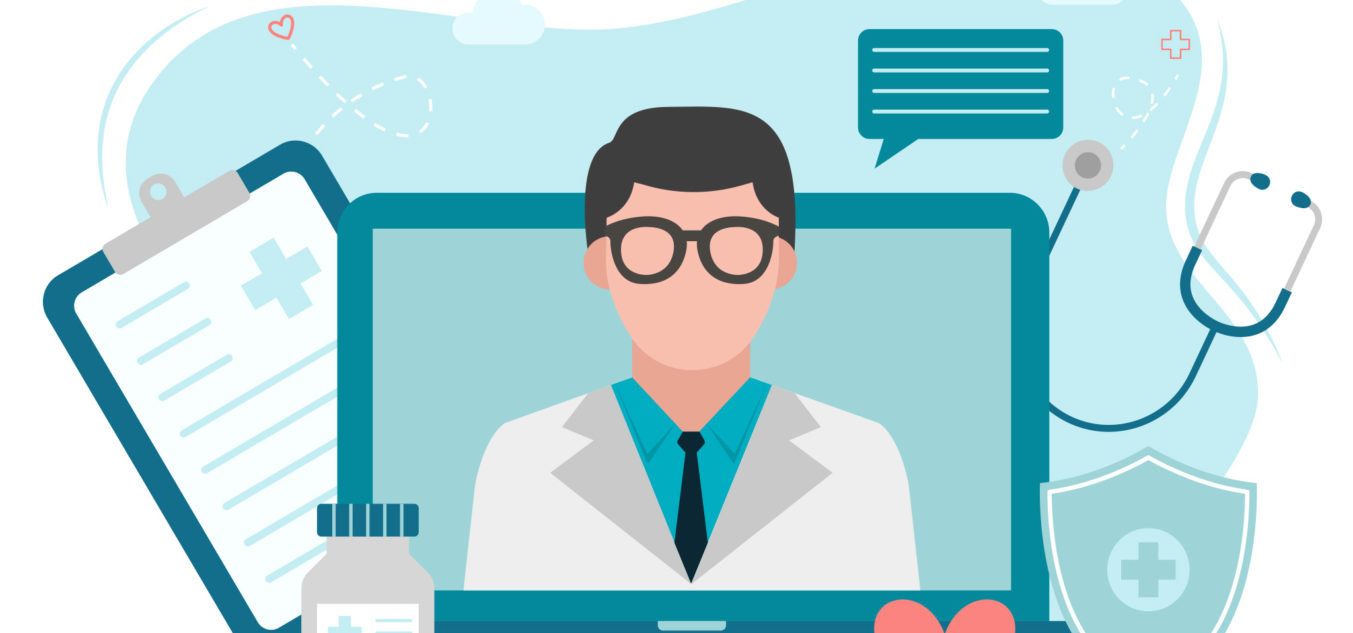In an age where technology permeates every aspect of our lives, it’s no surprise that it has made significant inroads into the healthcare industry. Telemedicine, the practice of providing medical care remotely through telecommunications technology, is rapidly reshaping the way we access healthcare services. This article explores the rise of telemedicine, its benefits, challenges, and the profound impact it has on modern healthcare.
The Telemedicine Revolution
Telemedicine, also known as telehealth, is not a new concept. Its roots can be traced back to the early days of telegraphy and telephony, when doctors provided medical advice over the telephone. However, it is the convergence of the internet, smartphones, and high-speed data transmission that has propelled telemedicine into the mainstream.
Accessibility and Convenience
One of the most significant advantages of telemedicine is its ability to bridge the geographical divide. Patients in rural or underserved areas can now access medical expertise that was previously out of reach. This increased accessibility translates to earlier diagnosis and treatment, potentially saving lives and reducing the burden on emergency departments.
Telemedicine also offers unparalleled convenience. Patients can consult with healthcare providers from the comfort of their homes, eliminating the need for time-consuming commutes and long waits in waiting rooms. This convenience is especially valuable for individuals with mobility issues, busy schedules, or chronic conditions that require frequent monitoring.
Specialized Care
Telemedicine has proven instrumental in delivering specialized care. Patients with rare or complex medical conditions can connect with specialists from around the world without leaving their homes. This has led to improved outcomes for patients with conditions ranging from rare genetic disorders to mental health issues.
Telemedicine During the Pandemic
The COVID-19 pandemic served as a catalyst for the widespread adoption of telemedicine. With social distancing measures in place, many patients and healthcare providers turned to virtual consultations to maintain continuity of care. Telemedicine not only helped reduce the risk of virus transmission but also ensured that patients received necessary medical attention during a challenging time.
Challenges and Considerations
Despite its numerous benefits, telemedicine is not without its challenges. One of the primary concerns is the potential for misdiagnosis or incomplete assessments when physical examinations are necessary. Additionally, not all patients have equal access to the technology required for telemedicine, which can exacerbate healthcare disparities.
Data security and privacy are also critical considerations. Ensuring that patient information remains confidential and secure in the digital realm is of paramount importance.
The Future of Telemedicine
As technology continues to advance, the future of telemedicine looks promising. Innovations in wearable devices, remote monitoring, and artificial intelligence promise to enhance the capabilities of telemedicine. Patients may be able to monitor vital signs, receive real-time feedback, and even self-administer treatments with the guidance of healthcare providers through telehealth platforms.
Furthermore, the integration of telemedicine into routine healthcare practices is likely to persist. Many healthcare organizations have recognized its value and are investing in robust telemedicine infrastructure. This could lead to a more blended approach to healthcare, where in-person visits are complemented by virtual consultations, offering patients greater flexibility and choice.
In conclusion, telemedicine has emerged as a transformative force in modern healthcare. Its ability to increase accessibility, convenience, and specialized care while adapting to the changing needs of patients and providers has solidified its place in the future of healthcare delivery. As technology continues to evolve, so too will the capabilities and reach of telemedicine, ultimately improving healthcare outcomes for people worldwide.





